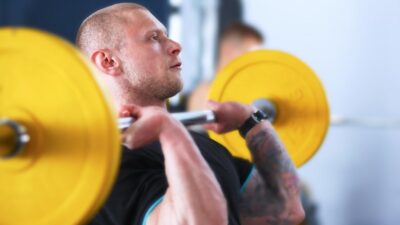
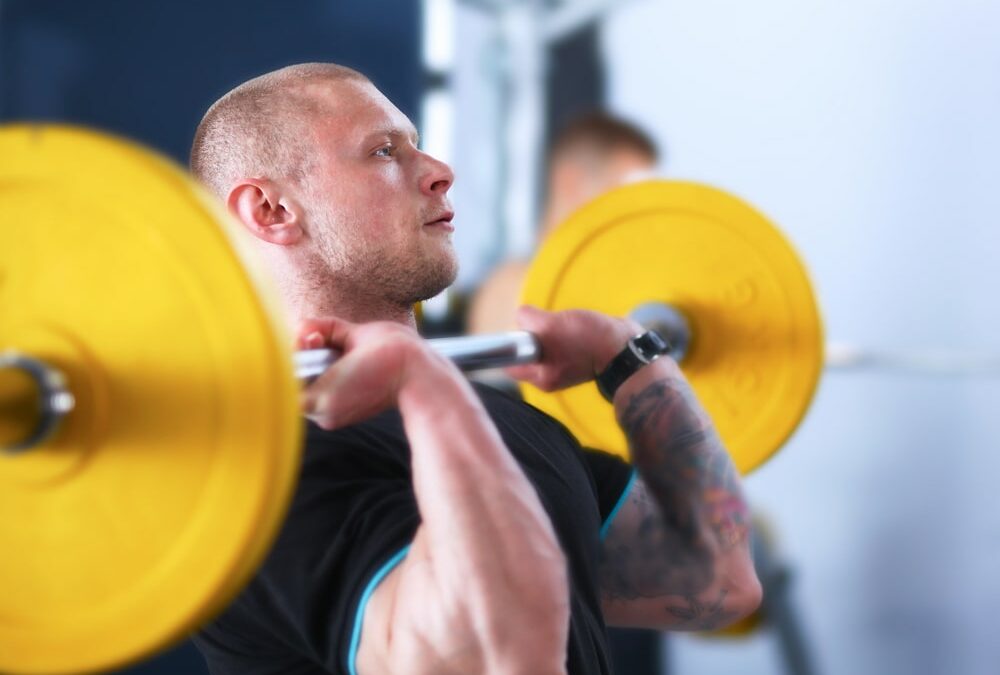
How to Write a Strength & Conditioning Program
Firstly, an effective S&C programme needs to start with a blank canvas where you discuss everything with the athlete in as much detail as possible.


Firstly, an effective S&C programme needs to start with a blank canvas where you discuss everything with the athlete in as much detail as possible.
Some people might want to know how to produce the most perfect programme for an athlete or client, and the answer is – you can’t.
We have to assume that a ‘perfect’ programme does not exist and that is what continually drives us to improve – like an elderly car enthusiast constantly tinkering and tweaking under the bonnet with his tools, never 100% satisfied but confident that his pride and joy is better than most other cars.
This confidence doesn’t just grow on trees though. It is the result of years, and often decades, of experimentation. My job is to accelerate the process slightly by providing a sensible blueprint from which you can fast-track your experimenting and learn from the mistakes of those of us who are a few years ahead in the strength training game.
Writing a strength and conditioning programme is easy. Simply throw together some strength exercises, add in a bit of Olympic lifting, pluck some reps and sets out of thin air, and separate it all into a few different training sessions. This is how easy most fitness professionals think it is. But just because this generic approach can work with most personal training clients for a few months, it does NOT mean it will work with someone who has a more specific goal within a specific sport, activity, or hobby.
Writing an effective strength and conditioning programme requires a bit more understanding and thought, and here are a few key steps that should not be overlooked or undervalued:
Firstly, an effective S&C programme needs to start with a blank canvas where you discuss everything with the athlete in as much detail as possible. The mistake a lot of personal trainers make is that they use their own biases as the foundation of their programming, but that will not work in S&C.
Just because you like high intensity training in every session, or upper body training every Monday, does not mean that those things will make this specific athlete perform better at this specific sport.
Wipe the slate clean, forget any elements of training that you like or think that you specialise in, and speak to the athlete about their specific requirements. In the S&C Trainer course, this is all covered thoroughly under the ‘needs analysis’ banner.
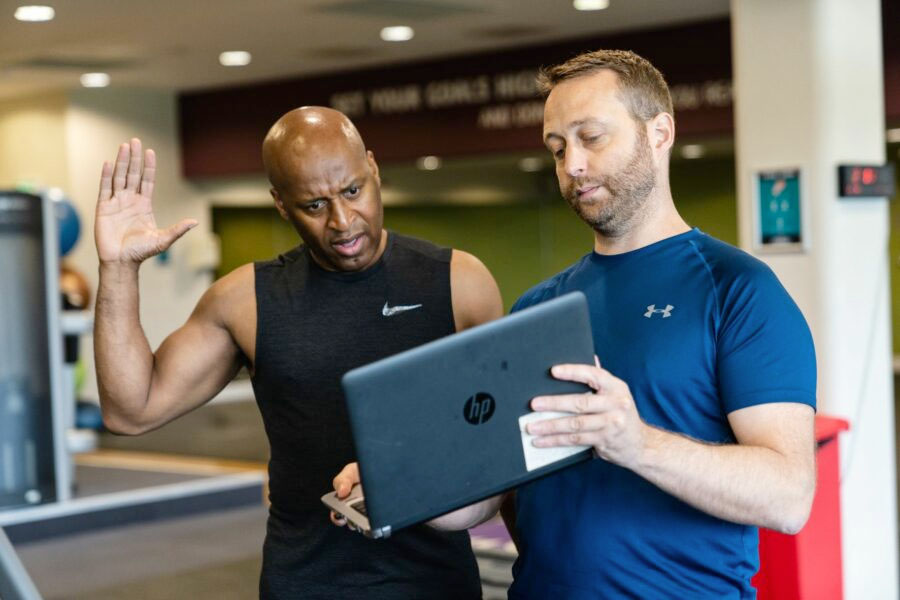
Following on very shortly after your initial consultation with the athlete, you will need to conduct a thorough analysis of the demands of the sport. Not by guessing what you think they are, not by trying to justify why an athlete in X sport must perform Y exercise (which you so happen to enjoy in your own training), but a specific and detailed look at the biomechanical and metabolic demands of the sport in question, as well as common injury profiling, a comparative analysis, and an understanding of how to integrate your needs analysis.
All of this needs to be conducted not just for the sport in general, but also considering the timing (is there an event/tournament coming up) and the position the athlete plays (most relevant to team sports where positional requirements can vary greatly).
Each stage of this process is explained and demonstrated in detail in the ‘Programming and Coaching’ section of the S&C trainer course.
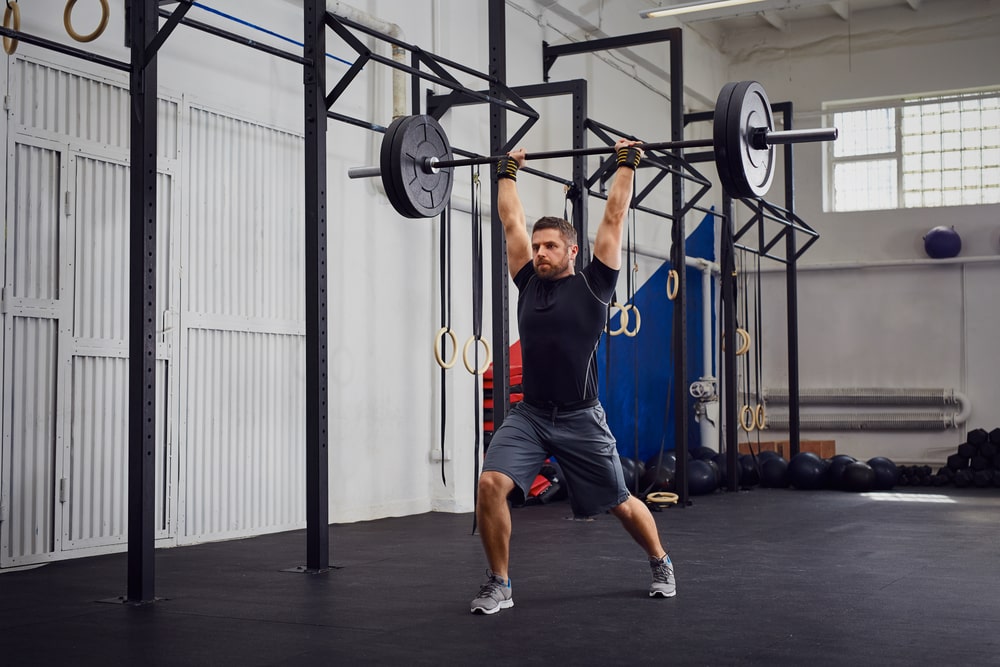
Next, you need to screen the athlete to see what their limitations are in the context of the specific demands required for their sport, and to test them so that you know what their starting point is.
As a PT it is fine to use a battery of screens that are the same for every client, but that won’t work for an athlete. Rugby Union and Rugby League are similar but very different. Swinging golf clubs and tennis rackets are similar but very different. Ice hockey and Field hockey are similar but very different.
Not only do the movement screens used need to reflect the specific demands of the position and sport, but the tests that you use also need to be relevant to the sport so that they provide accurate data in terms of progress and improvement. Again, these areas are taught in detail on the Level 3 Strength and Conditioning course.
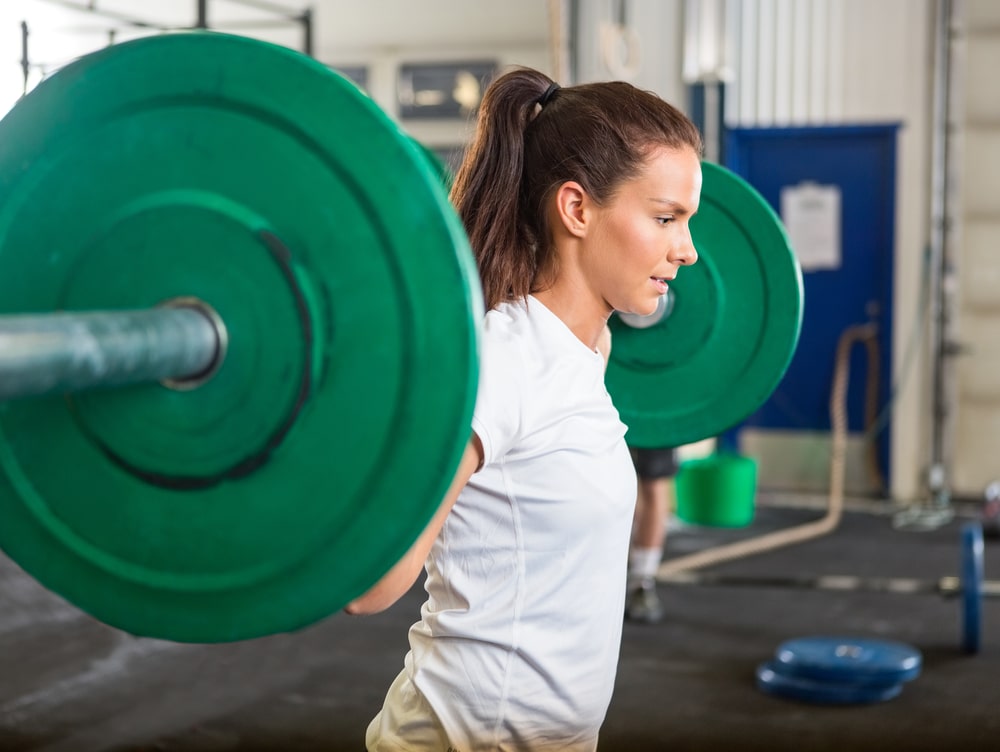
As a Personal Trainer it is fine for everyone’s programmes to be similar, but in S&C that won’t help the specific athlete, playing a specific position, in a specific sport, at a specific time of the season.
PT and S&C are similar but very different.
Just because Strength and Conditioning programmes hit different muscle groups, and that each rest period shows that you have read a textbook does not mean that the S&C programme is effective or specific to the athlete and sport.
But hopefully, this blog can at least help to point you in the right direction if you want to take your programming and your business to the next level.